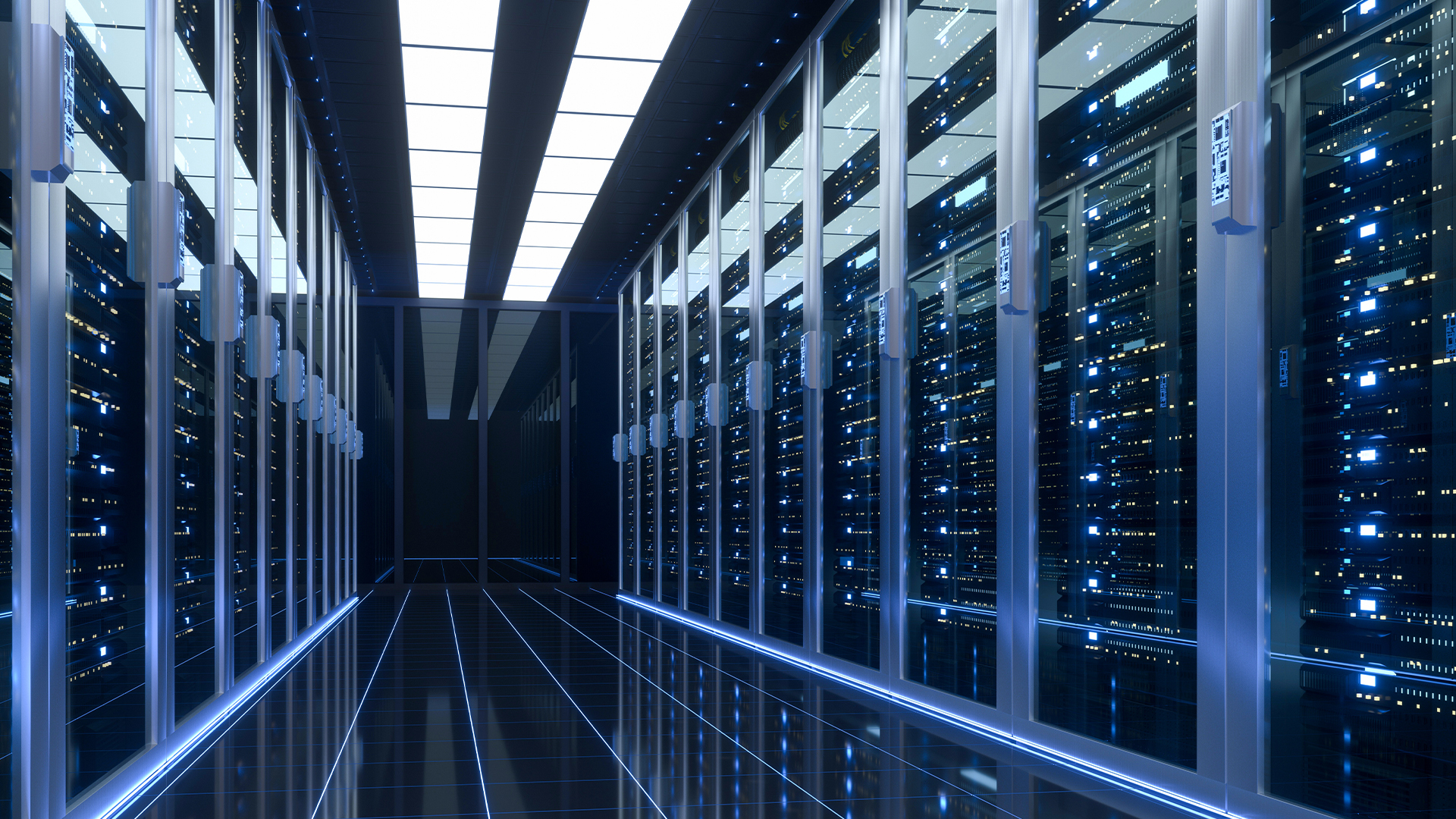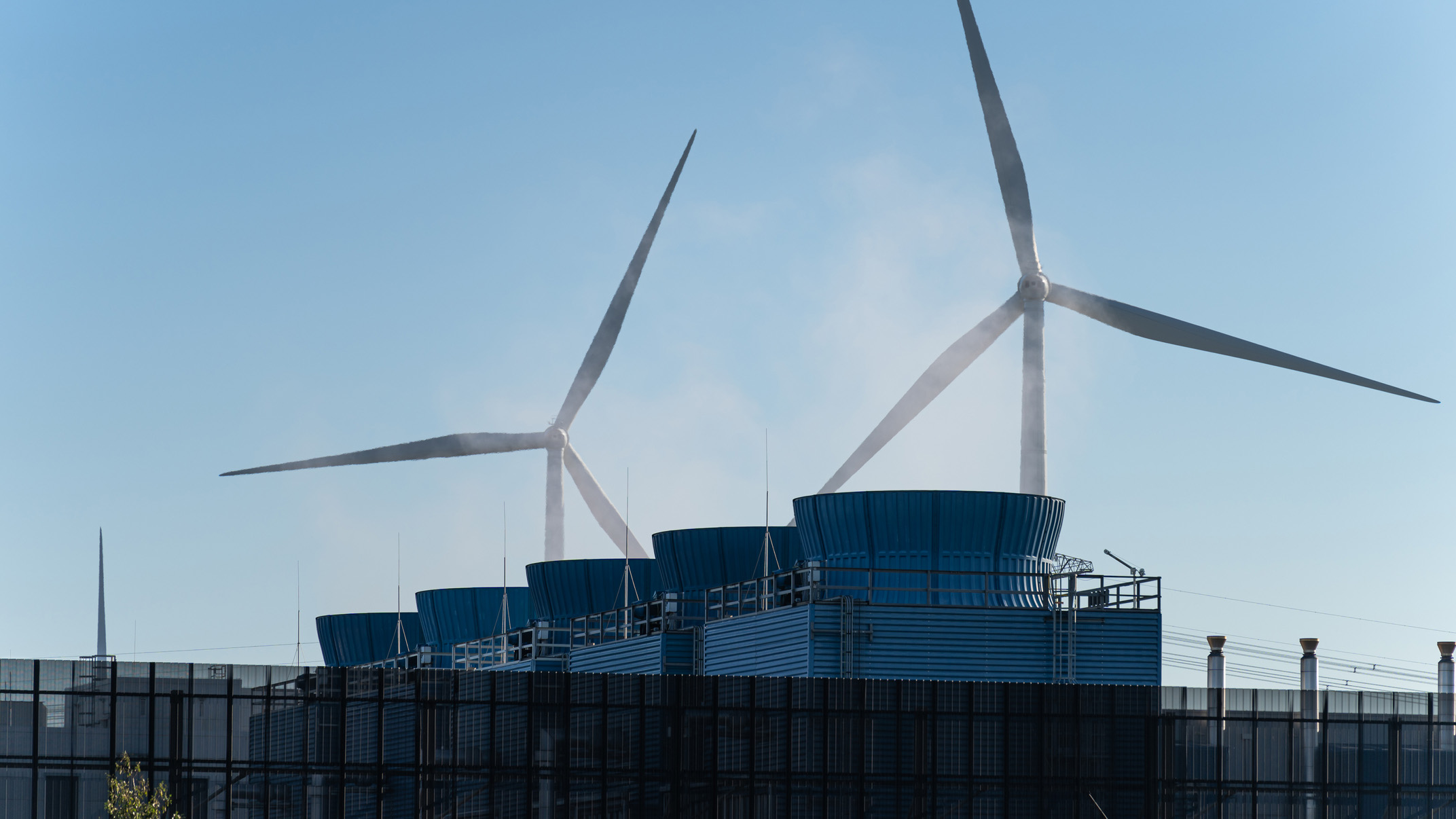Data center sustainability progress rests on maximizing the use of data — but knowing where to start is critical
Data center sustainability has become a recurring topic, and knowing how to maximize the use of environmental data is crucial to unlocking success


Being able to clearly visualize and maximize the use of data is of the utmost importance to any business, as it allows them to tailor their decision making and adjust to the practical realities of their environment.
With an increasing focus on achieving environmental goals, then, it makes sense that sustainability data is quickly becoming a metric of particular focus, especially in power hungry data centers.
Schneider Electric aims to address this head on with the release of a new data center infrastructure management platform (DCIM) geared towards the visualization of sustainability data.
Elizabeth Hackenson, CIO for Schneider Electric, went into a bit more detail with ITPro about why this project put sustainability data front and center and why it was so important for the firm.
“We said, how do we measure the hundreds of hundred of thousands of IT assets that are plugged in across our company?” Hacekenson said to ITPro.
This question, placed in parallel with Schneider Electric’s other efforts including the cloud migration of 10,000 servers, led the firm to an internal sustainability overhaul.
This, in turn, translated to the release of a new DCIM geared for the reporting of key sustainability metrics such as power usage effectiveness (PUE).
Sign up today and you will receive a free copy of our Future Focus 2025 report - the leading guidance on AI, cybersecurity and other IT challenges as per 700+ senior executives

Schneider’s efforts, however, form part of a broader industry push to improve sustainability and effectively harness data to deliver tangible environmental improvements. As senior principal Gartner analyst Autumn Stanish told ITPro, there’s a lot of solutions for collecting sustainability data already out there.
“There's so many solutions out there and the metrics are standardizing,” Stanish said.
The main problem faced by enterprises though isn’t in the ability to collect sustainability data, but instead lies in their awareness of the scope and importance of each individual data source.
“The first thing that gets identified easily is the PUE metric … people are calculating the PUEs of their data center, but that metric alone is … incomplete,” Stanish said.
Other metrics are needed for a business to have a complete picture of their sustainability impact, she added, including “the full picture view of what their actual carbon emissions are”.
Data centers don't operate in isolation, and neither does power consumption. Stanish noted the importance of the distinction made between scope two and scope three metrics.
Where scope two represents purchased electricity and energy usage of data center infrastructure, scope three refers to “everything that happens outside of the data center”.
“All the manufacturing that goes into the products and all the refurbishment or demanufacturing … at the end of life,” Stanish said.
This third scope of sustainability metric is where most data centers are having trouble, she said.
RELATED WEBINAR

Measuring how much electricity each server rack uses is critical, but true sustainability also needs to take into account whether the server racks are being sustainably manufactured, for example.
“DCIM tools can't necessarily help with that,” she added.
The scope of these metrics can get quite complex, Stanish suggested, as businesses have to consider everything from the space they’re using to the equipment they’re purchasing.
“That being said, there's been a lot of progress over the past few years in getting the … metrics that we need,” she added.
Stanish referred to bodies such as the Corporate Sustainability Reporting Directive (CSRD) and its alignment with the EU’s code of conduct for data center efficiency, both of which have contributed to making the breadth of sustainability metrics “more mainstream.”
Data center sustainability relies on detailed metrics
With the right sustainability metrics, data centers can not only make their business models more climate friendly, they can also identify areas which are going to offer the biggest sustainability reward compared to the lowest amount of effort.
“[If] they have the data that shows where their hotspots are for emissions, they can prioritize accordingly,” Stanish said.
Where some businesses may be focusing on an initiative to shrink their floor space in the interest of sustainability,, it may be the case that, as an initiative, this has a “high effort level with low results in the grand scheme of things.”
“When it comes to the data center, there's [an] endless amount of different things that you could be doing to improve … sustainability in big ways and little ways,” Stanish said.
“Having the data helps you refine that and bring that down into a few key ways that you need to be doing for your unique environment,” she added.
It’s all about having the appropriate scope of data which can then be streamlined to maximize results.
Many companies are already making big strides towards creating green data centers. Some of the key areas of focus for these data centers include power usage and water management.
Cisco, for example, announced plans to build its own solar power plants in Spain in order to power its data centers in the region as well as offsetting overall energy consumption.

George Fitzmaurice is a former Staff Writer at ITPro and ChannelPro, with a particular interest in AI regulation, data legislation, and market development. After graduating from the University of Oxford with a degree in English Language and Literature, he undertook an internship at the New Statesman before starting at ITPro. Outside of the office, George is both an aspiring musician and an avid reader.
-
 Trump's AI executive order could leave US in a 'regulatory vacuum'
Trump's AI executive order could leave US in a 'regulatory vacuum'News Citing a "patchwork of 50 different regulatory regimes" and "ideological bias", President Trump wants rules to be set at a federal level
-
 TPUs: Google's home advantage
TPUs: Google's home advantageITPro Podcast How does TPU v7 stack up against Nvidia's latest chips – and can Google scale AI using only its own supply?
-
 “Significant concerns” raised over impact of data center growth on regional energy grids
“Significant concerns” raised over impact of data center growth on regional energy gridsNews Scenarios for AI energy consumption in the next decade show potential capacity issues
-
 The AI disruption: Challenges and guidance for data center design
The AI disruption: Challenges and guidance for data center designWhitepaper Energy Management Research Center